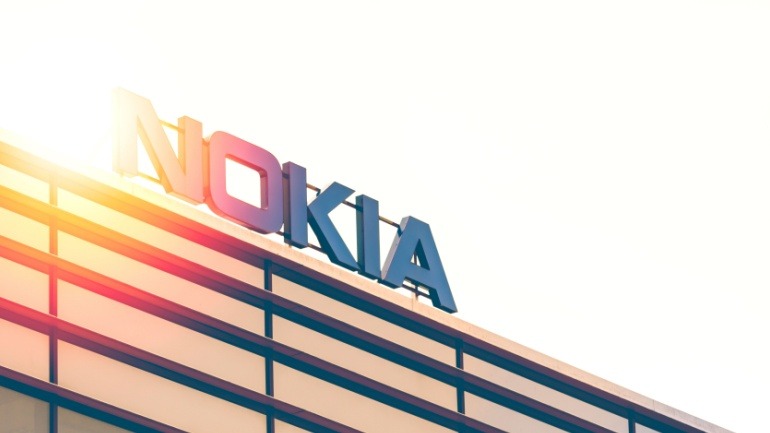Rogers Communications has initiated the rollout of Ericsson‘s 5G Advanced (5G-A) technology on Canadian soil, making it the country’s first deployment of this kind. As a Canadian telecommunications trailblazer, Rogers is leveraging this new technology to enhance network efficiency and connectivity for Internet of Things (IoT) devices.
The 5G-A technology introduces the RedCap software by Ericsson, which optimizes the functionality of wearables, sensors, cameras, and other monitoring equipment. This innovation promises improved efficiency in resource usage and extended battery life for wearables. As stated by Mark Kennedy, CTO at Rogers, “5G Advanced will help unlock the full potential of 5G for businesses and consumers. We continue to invest in Canada’s largest 5G network and are proud to be the first in Canada to bring 5G-Advanced technology to our customers.”
Additionally, an intriguing aspect of this deployment is the introduction of network slicing. This enables the prioritization of essential services for first responders and extends coverage to rural areas. By offering a dedicated network slice, emergency services can receive priority connectivity, which is crucial in ensuring quick response times during emergencies. Rogers is also planning to use this technology to differentiate mobile and fixed-line traffic, enhancing the reliability of network services for rural and remote communities.
In a milestone achievement, Rogers successfully tested 5G network slicing technology in several Canadian cities. This marked the first nationwide live test of this cutting-edge technology, further cementing Rogers as a leader in adopting innovative telecommunication solutions in the country.
In terms of resources, Rogers secured substantial 5G spectrum support. It acquired 3.8 GHz spectrum assets across 172 regions, augmenting its existing 3.5 GHz spectrum. This strategic acquisition not only covers urban locations but also expands access across rural and indigenous areas in Canada.







